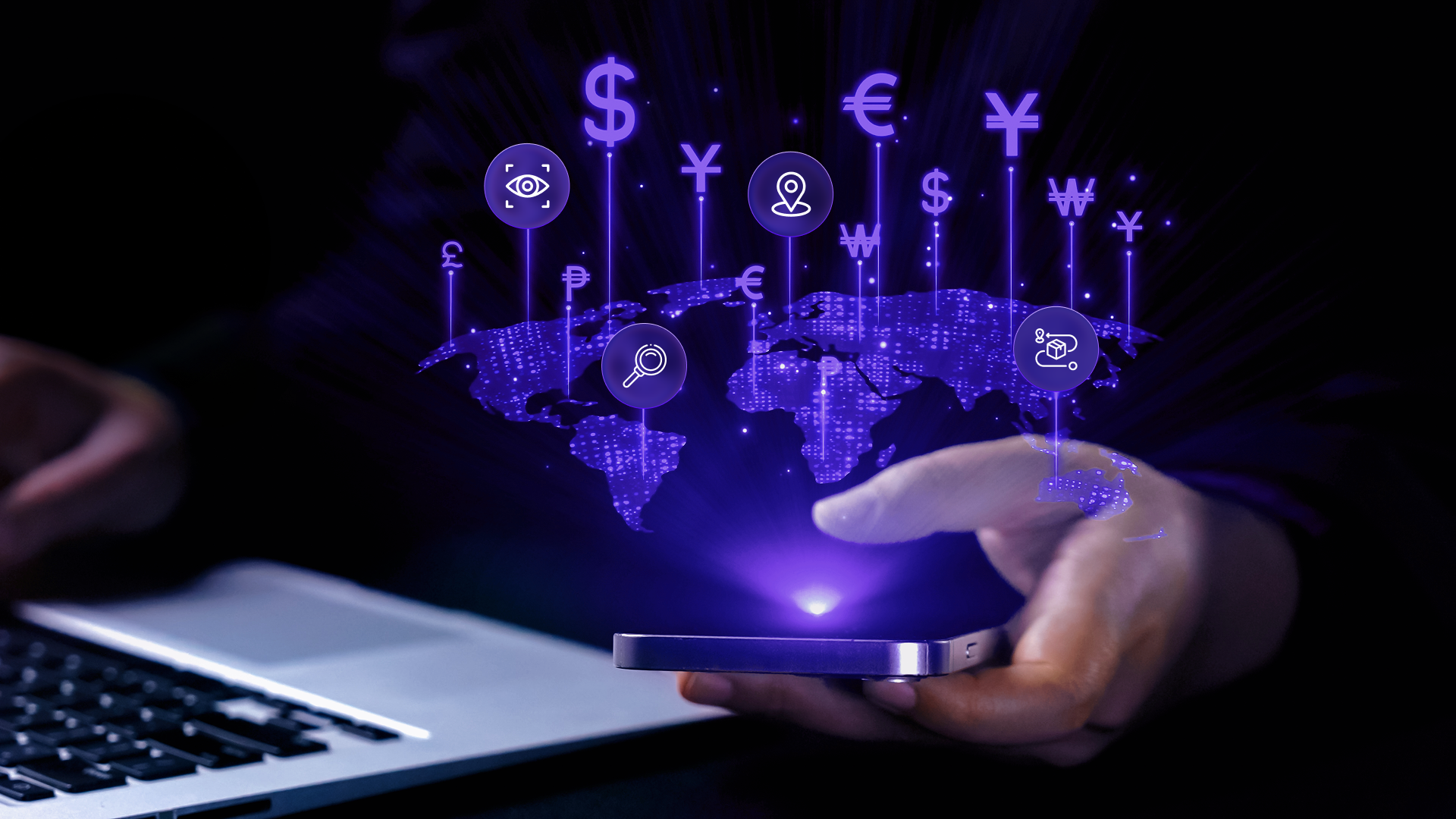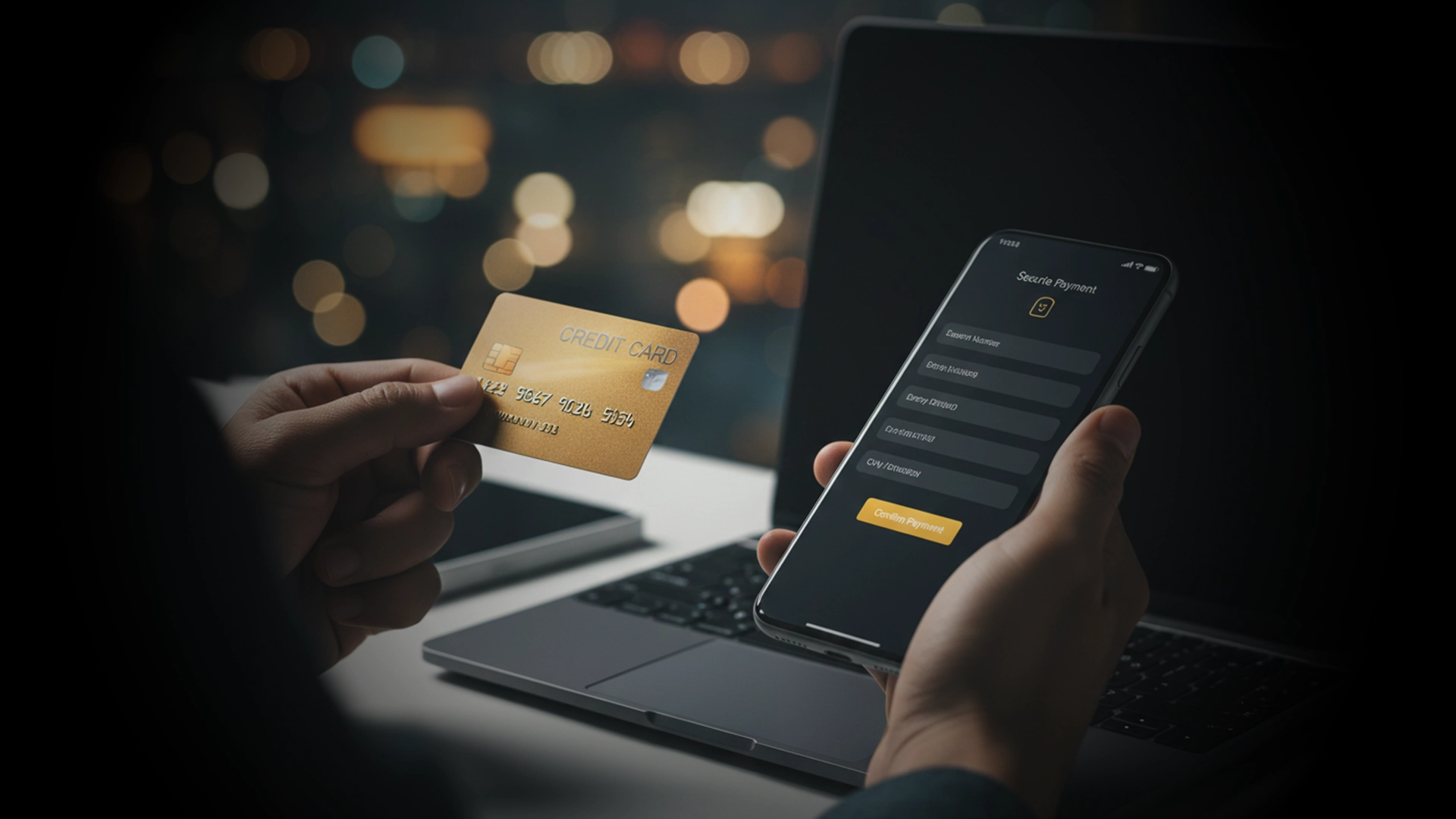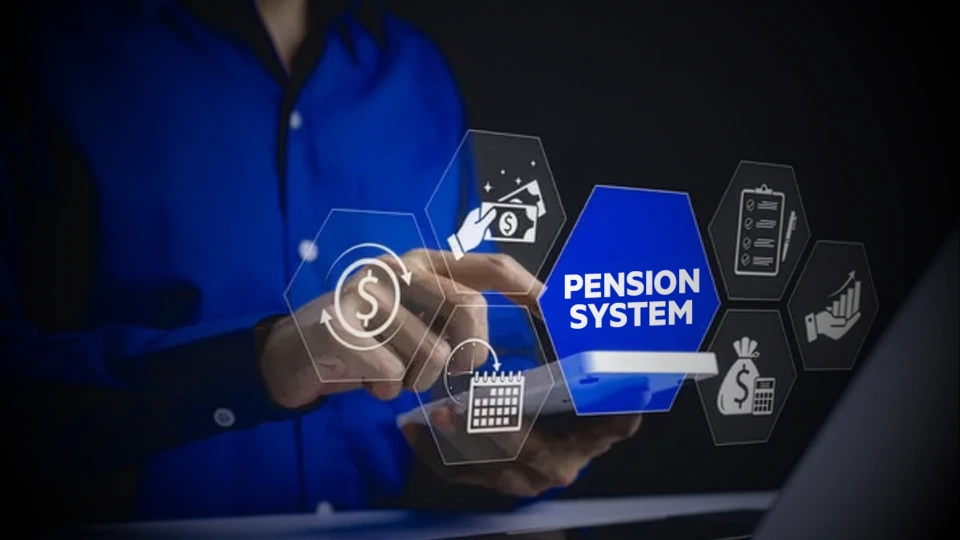This sector encounters rising ransomware attacks because businesses make interactions more convenient for their patrons.
Hackers demand high ransoms as technology enhances hotel reservations, amenities, and operations. Hotel cybersecurity and ransomware are discussed in this article. Understanding and combating ransomware may help hotels safeguard guest data, operations, and reputation. Ransomware attacks are harmful in this business due to the sensitive data and the necessity to keep services functioning.
1. The Essential To-Know List Of A Typical Ransomware Attack
Impact on Customer Happiness: In the hospitality industry, ransomware attacks may wreak havoc on mission-critical systems, causing service delays that can hurt client satisfaction. Reservations, facilities, and guests' general satisfaction depend on smoothly running services. A dissatisfied customer and damage to the company's reputation might result from a breach in these systems.
Growing Threat: Ransomware becomes more risky as the industry enhances its technological infrastructure. As hotels and resorts adopt increasingly sophisticated reservation and operational systems, hackers see an opportunity to demand larger ransoms because the stakes are higher.
Importance of Hotel Cybersecurity: This article highlights the importance of implementing robust cybersecurity protocols in the hospitality sector. The success of businesses in this sector relies heavily on protecting visitor data, ensuring smooth operations, and maintaining a strong brand reputation. Ransomware attacks can potentially compromise various facets of an organization's operations.
Sensitive Data and Vital Services: The hospitality industry handles and manages sensitive customer information, which encompasses personal data and payment details. To uphold guest satisfaction, it is imperative to ensure the continuous provision of services without any interruptions. The convergence of these two factors renders the industry highly susceptible to ransomware attacks.
Mitigation and Restoration: Numerous organizations and individuals encounter very precarious circumstances when confronted with ransomware attacks, which may have significant repercussions for the affected entities if they comply with the ransom demands. Cybersecurity experts often recommend refraining from making such payments since doing so may inadvertently encourage hackers to perpetrate more assaults. Alternatively, it is recommended that victims disclose the occurrence to cybersecurity specialists to seek assistance with recovery and restoration efforts.
2. An Overview Of How Most Malware Attacks Work:
Ransomware and Malware Attacks: Hackers can inject malicious software into systems due to poor security. This software can infiltrate systems, fully encrypt data, and demand ransoms for its release.
Explanation of the Ransomware Threat: Cybercriminals will use complex and sophisticated tactics to get into a computer system, at which point they will demand a ransom to release a key that is capable of making private data public. The perpetrators hold the data of the victims of the assault until the ransom is paid in full.
Infiltration and Data Lockdown: Ransomware usually gets into a computer system through email attachments, unsafe websites, or infected external drives. Once a ransomware script is in the system, it changes all the victim's data into a file that can't be read, and the data is unusable without the decryption key.
Ransom Note: Following the successful encryption of the data, it is customary for attackers to provide a message on the screen of the targeted individuals. This communication serves to notify the victims of the attack and the encryption of their files, while also providing instructions on paying funds to get the decryption key.
The Impact of Actions and Consequences: Extended downtime after a ransomware attack is a big loss for any organization, as is the disclosure of valuable customer information and the threat to expose the data to the dark web if the ransom is not paid.
3. Overview of the Hospitality Sector And Typical Ransomware Threats They Face
The hospitality sector has substantially transitioned recently because it relies on technology. This phenomenon has presented both prospects and obstacles within this sector.
The hospitality business has become heavily reliant on contemporary technology, introducing several vulnerabilities. Companies need to be cognizant of the associated risks that arise with the advancement of technology in the hospitality sector.
Here's a closer look at the weaknesses and risks that come with the growth of technology in the hospitality industry.
Information Breach and Cyberattacks: Data breaches and cyberattacks have become a source of growing concern in the hospitality industry, which stores vast quantities of data and financial information. Data intrusions can cause significant financial and reputational harm and a loss of visitor confidence.
Unsafe Wireless Networks: Hotels and other businesses provide free Wi-Fi for customers, but an insecure network makes it easy for hackers to launch attacks on visitor devices to steal personal information and compromise the security of online transactions.
Inadequate Security Education and Awareness: Proper cybersecurity training is mandatory for staff and guests. Individuals unknowingly click on malicious links, allowing ransomware to infiltrate systems.
4. Ransomware Attacks in the Hospitality Industry:
In the hospitality industry, there have been a few notable ransomware attacks, as seen in the following incidents:
- In 2023, Yum! Brands reported a ransomware assault that locked down over 300 locations in the United Kingdom.
- In 2017, a ransomware attack on the Romantik Seehotel Jagerwirt, a luxury lakeside hotel in the Austrian Alps, made it so guests couldn't get into their rooms and the electronic key system didn't work.
Impact: Individuals' sensitive and personal data, such as their addresses, email addresses, and payment gateway information, were compromised because of the cyber breaches. And this information may end up on the dark web, which would be a significant loss.
5. Mitigation and Preventive Measures:
The best way to protect against ransomware is always to have the most recent security patches installed, which include antivirus software on every computer in the network, software updates, anti-phishing campaigns, and regular backups kept in a safe place.
At EvonSys MSP, we are committed to giving you an unmatched IT experience with a professional staff that will serve as the backbone of your IT department, freeing up your IT personnel to concentrate on other priorities by providing 24/7 skilled IT assistance, software updates, and system maintenance. This manner of maintenance will protect the systems from ransomware and keep them risk-free.
Your organization can benefit from an experienced team of Microsoft-certified professionals by collaborating with EvonSys MSP. Our team of experts can assist you in creating a tailored IT strategy that supports your company's goals and provides cost-efficient 24/7 IT support.

















.png)

.png)
